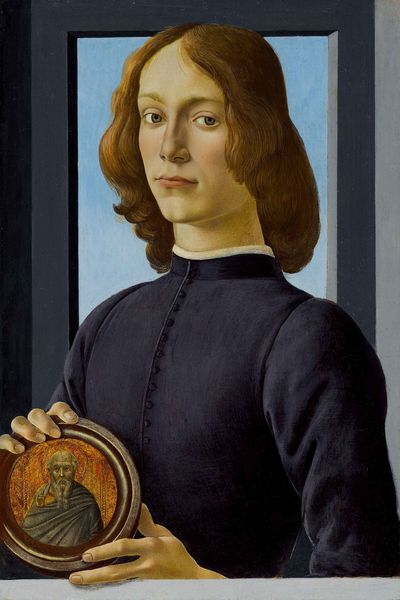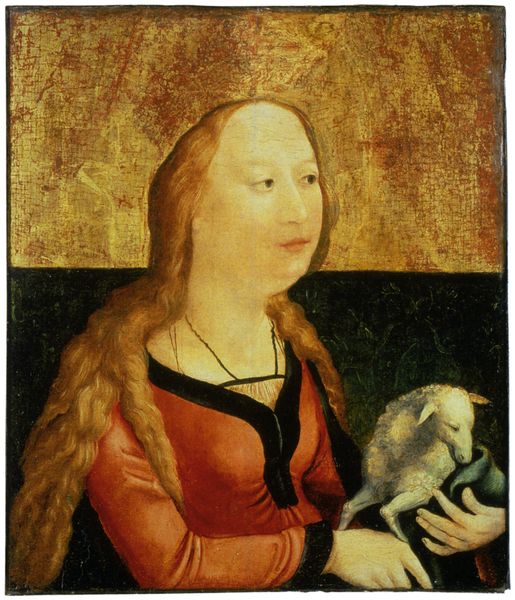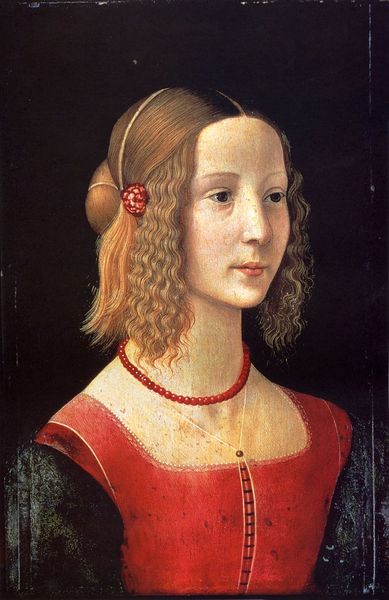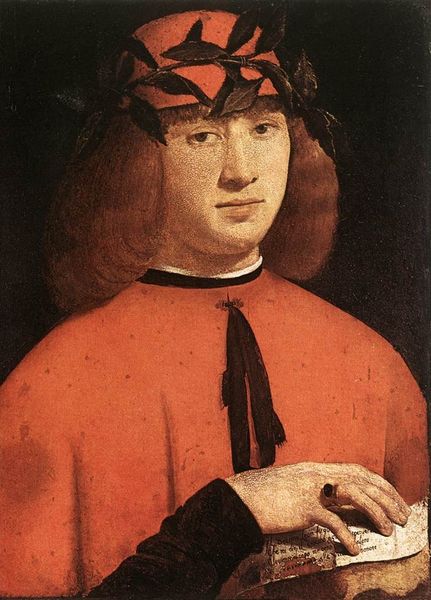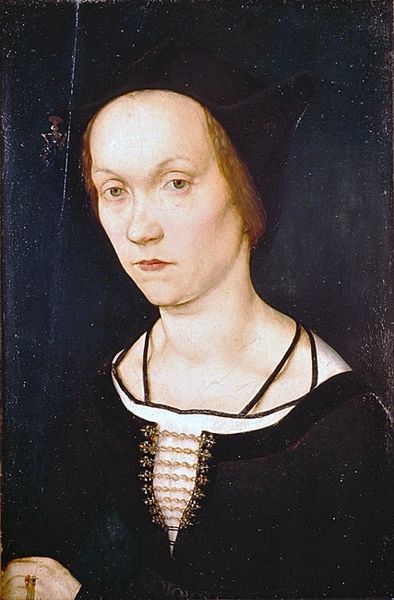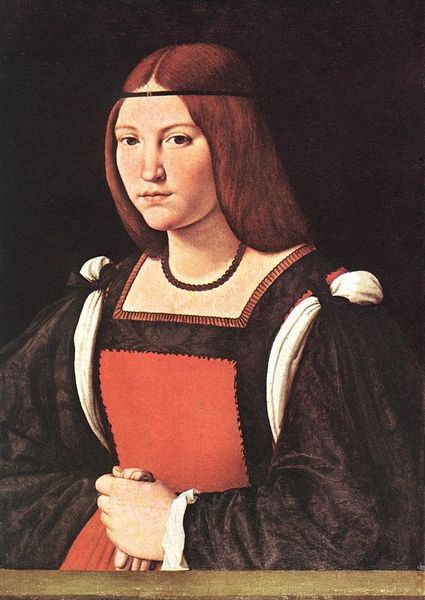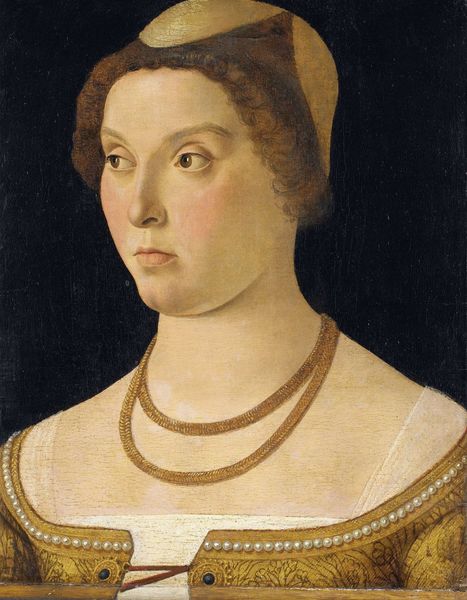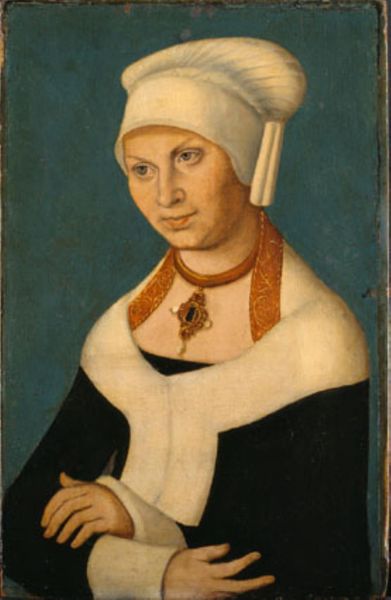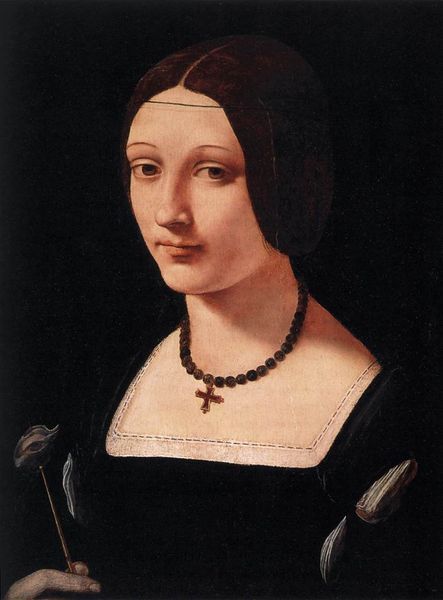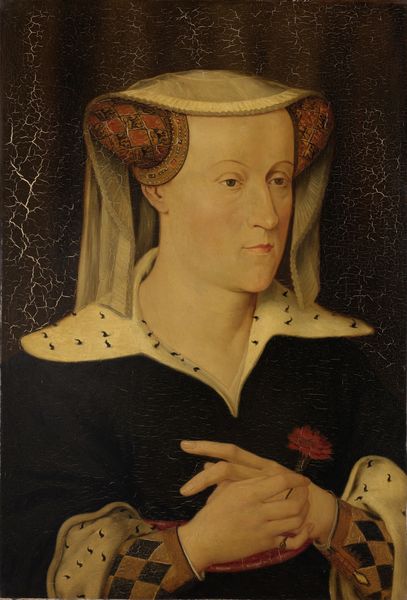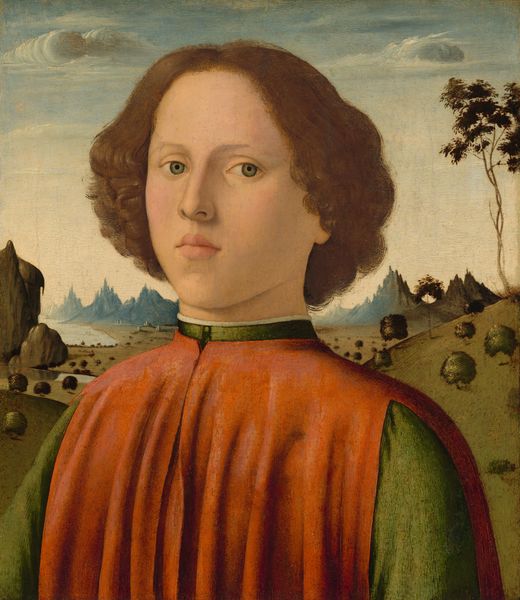
painting, oil-paint
#
portrait
#
contemporary
#
painting
#
oil-paint
#
figuration
Copyright: Aydin Aghdashloo,Fair Use
Curator: Let's turn our attention to Aydin Aghdashloo’s “Survivors, In Praise of Sandro Botticelli,” crafted in 1980 using oil paints. A contemporary portrait rooted in the art of the Renaissance, it offers an intriguing dialogue across centuries. Editor: My first impression is unease. The figure’s placid expression contrasts sharply with the crude repairs covering their torso and hand, suggesting something broken or wounded. It's hauntingly beautiful, though. Curator: Aghdashloo, an Iranian artist, often engages with art history to comment on themes of loss, decay, and survival. The title tells us he directly references Botticelli. The bandages are actually very precisely rendered within the painting; their very "crudeness," as you called it, is the result of the artist's hand and intentions, not from found objects. Editor: Absolutely. It feels like a deliberate fragmentation. Botticelli's portraits are known for their idealized beauty and serenity. Here, that idealized form is deliberately disrupted, visually "injured." Perhaps these symbols refer to broader social or historical trauma reflected in individual experience? Curator: Indeed. Given the date, 1980, one could consider the recent Iranian Revolution and the Iran-Iraq War. Aghdashloo often employs art historical imagery to explore themes of cultural heritage endangered by conflict or political turmoil. The layering of oil paints creates this wonderful luminous effect beneath what look like tears and disruptions. The smoothness is interrupted by rough patches, mirroring this idea. Editor: And that unsettling contrast, the placid Botticelli face combined with the wounded hand… The use of gold in the background amplifies the historical context, reminiscent of icon painting while highlighting loss and damage—perhaps reflecting upon destroyed relics, artworks ravaged, but also the human spirit under immense duress. Curator: He certainly creates that friction. The choice of oil paint also contributes, adding a tactile dimension to the conceptual theme. We're invited to reflect on not just the images but the materials from which memories are composed and possibly destroyed. Editor: Ultimately, Aghdashloo compels us to question not just artistic techniques across periods, but also the weight of cultural memory and resilience through symbolic representation. It really lingers in the mind, even after one moves away. Curator: I concur. By appropriating and disrupting familiar imagery with expert manipulation of paint, he provides a poignant meditation on historical trauma’s enduring presence, a potent reminder of art’s capability to speak to the survivors among us.
Comments
No comments
Be the first to comment and join the conversation on the ultimate creative platform.
